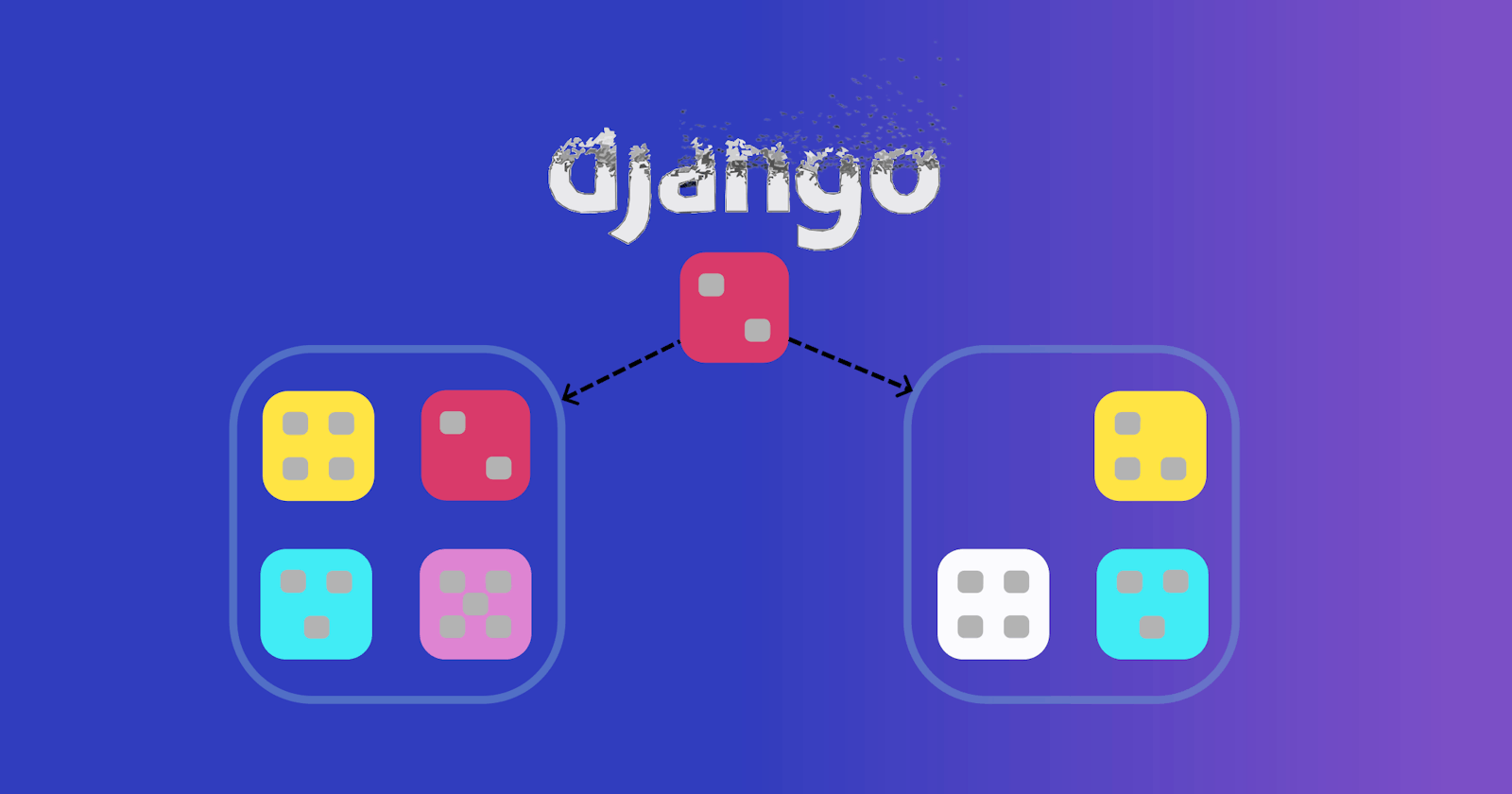The process of designing, building, testing, and continuous maintenance that goes into creating and sustaining a web application is labor-intensive. Many Python and Django projects run into the same problems and difficulties. Don't you think it would be beneficial if we could reduce some of the repetition in this process?
The concept of reusability is the foundation of Python's architecture and underpins every aspect of the language. By emphasizing the reuse of code and resources, developers can increase productivity, reduce redundancy, and create a more effective development process.
Django is a famous open-source web framework that helps developers to construct web applications quickly and effortlessly.
It offers a collection of tools and frameworks that can be used to manage various web development activities and is written in Python. It has a sizable community and is an established, robust framework.
The reusability of Django is one of its best qualities. Django enables programmers to create apps, also known as reusable components. These applications are simple to incorporate into other Django projects, freeing off time-consuming repetitive work for developers.
Consider developing a website for an airport taxi service that includes a blog component, a booking component, and even a retail component. You may easily copy and paste a blog app that you have already produced for a different project onto your website for airport taxis, for instance. This method not only speeds up the development process but also improves the code's scalability and manageability over time. Reusing old projects can help you save time and effort compared to creating new programs from scratch.
You must ensure that your Django apps are independent of one another or minimize app dependencies, albeit the former is preferable, to fully benefit from Django's app resiliency. For instance, it's not a good idea to have the blog app rely on the retail app, as this could lead to numerous problems in the future.
The following are some causes of app dependency issues:
Tight coupling: Tight coupling occurs when two apps are dependent on one another. As a result, modifications to one component may have unanticipated effects on the other component. Also, it gets harder to replace or change a single app without doing the same for the entire project.
Circular dependencies: When two or more apps are dependent on one another, this is known as a circular dependency which may result in problems like infinite loops and challenges with testing and debugging the code.
Scalability: When your project grows, it may be more difficult to scale the project due to app dependencies. It gets increasingly challenging to manage dependencies between apps and make sure that changes made to one app do not affect other apps when more apps are introduced to the codebase.
Finally, Django's reusability feature enables programmers to create reusable parts known as applications that can be quickly merged into other Django projects, saving time and labor.
Yet, it's crucial to make sure that these applications are not interdependent, as doing so can result in problems like tight coupling, circular dependencies, and challenges growing the application.
You can make sure that your Django application is scalable, manageable, and reusable over time by structuring it in a modular and decoupled way.
